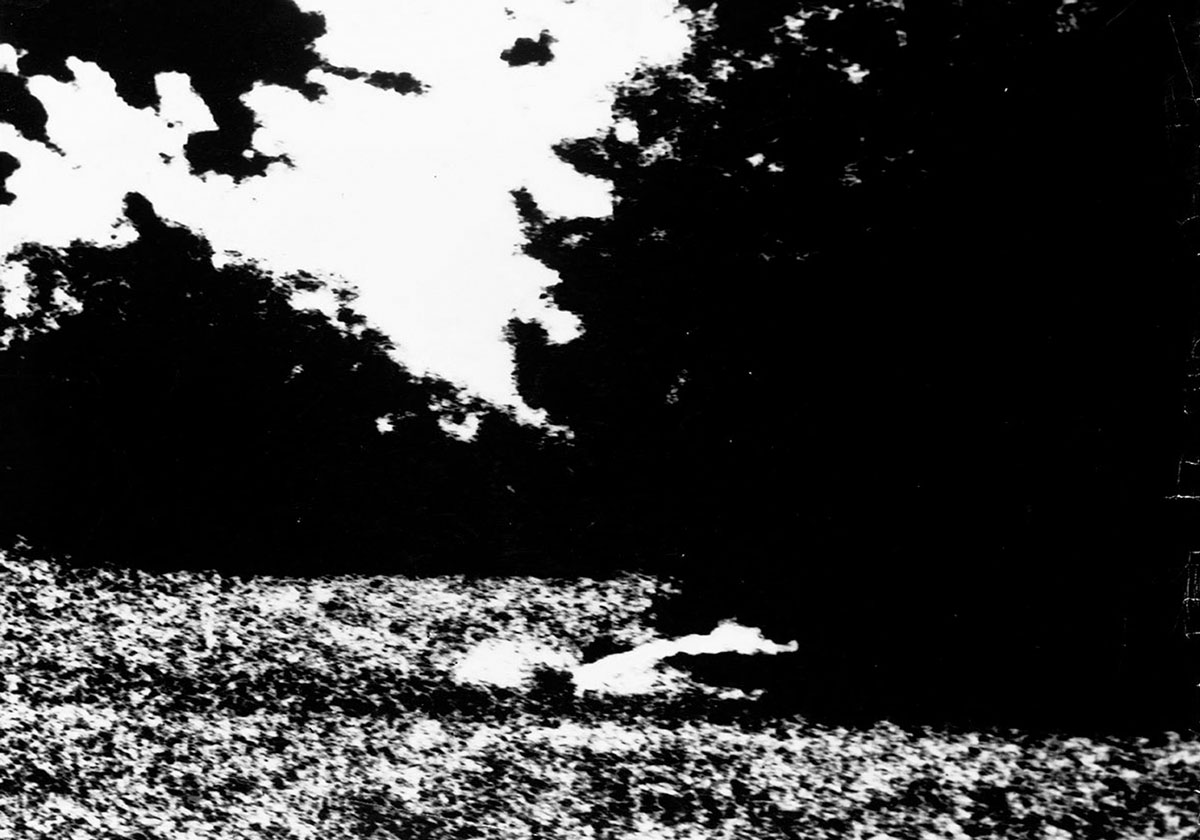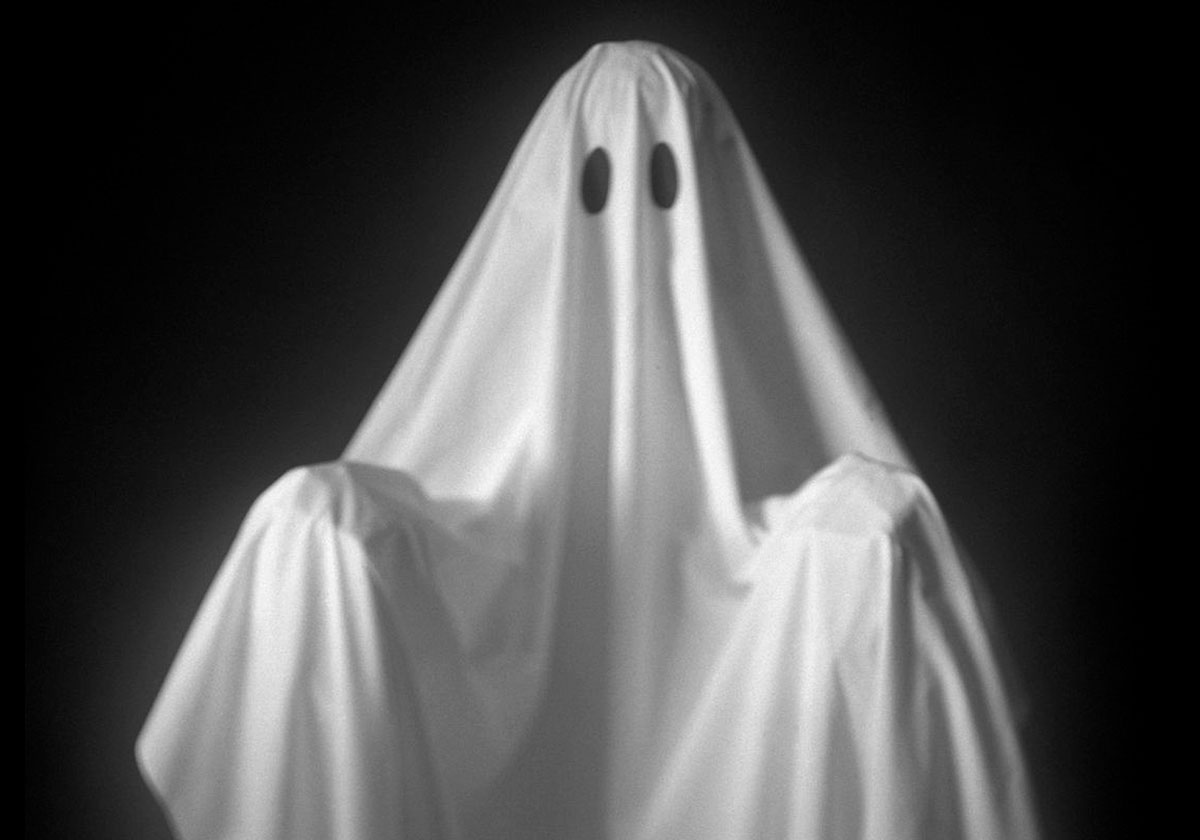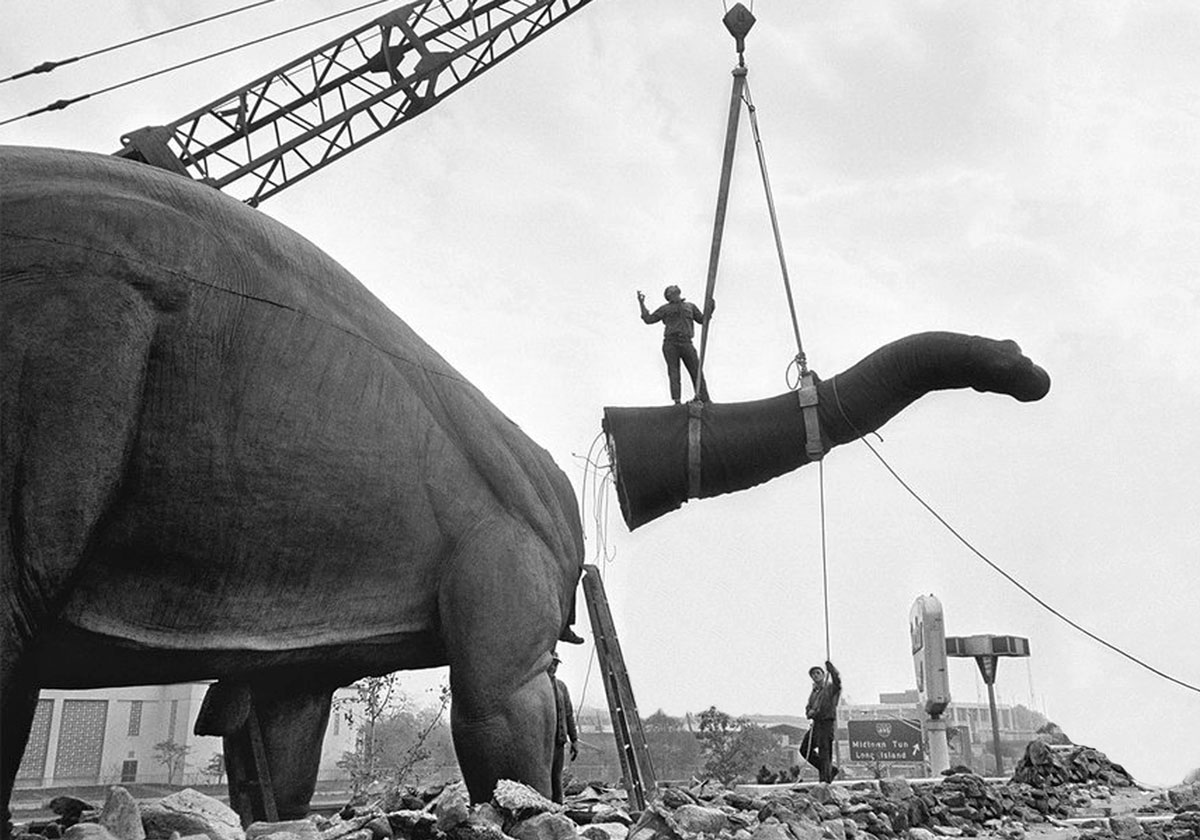We live in unsettling times. Modernism’s assertions about the ways of the world have crumbled beneath our feet. The fragments of a world as it was constructed by the project of Enlightenment are swirling about and inside of our heads, they obscure our thoughts and leave us deeply disoriented. What are facts today, anyway? What is to be considered reality and what is fiction?
Here are a thesis and a proposal: Fiction and reality are entangled in such a way that any attempt of surgically separating them becomes pointless. Fiction appears to be a central building block of that which we regard and experience as reality. Models, speculation, projection, predictions, imaging, imagining, fabulation, belief, and narratives—they all participate in the process of crafting reality, or fabricating it, rather.
The devices that we use in this operation are shrouded in impenetrable black boxes. We snap photographs with smartphones that compute the pictures more than their lenses actually see. Algorithms are knowlegeable about our future. Machines learn and communicate with each other in ways that we are not able to comprehend.
Our tools are co-writing our thoughts, but we are unable to understand their language. Our vocabulary is one of the past—not one of the present or even of the future. We are facing a crisis of narration.
Let’s lay down in the dust of this past, let’s look with projecting eyes into those enlightenment-obscuring black boxes and let’s attempt to draft a vocabulary capable of grasping today and drawing up tomorrow. Let’s forget the ‘either-or’ and embrace the ‘as-well-as’.
A recent event has shaken up the financial markets and it has shaken up the order of this series. Hence, before the launch of Episode 1, there will be an Episode 0.5 discussing this event.
Stock markets are built on the belief that they are ultimately efficient. Their function is to find the “true” value of assets and thus help economies develop and grow. “On the stock markets, the future is traded“ is a much-cited and quite possibly overused aphorism. What does that mean, exactly? The phrase is as mysterious as the stock markets themselves.
What’s that? Do I hear the thumping beat of the critical mass?! It sounds just like it. As the stock markets and the real economy seem to drift apart more than ever in the wake of the COVID-19 outbreak, there are events that appear to be truly stranger than fiction: In early 2021, a group of small time investors organizes on social media to challenge billion-dollar hedge funds in an epic battle fought on the steep slopes of a failing computer game retailer’s stock chart. These small time investors don’t give a damn about trading the future. Instead, their call to arms is “YOLO!”—or so the story goes.
What happens if a singular event manages to break open the slush funds of the financial markets, briefly revealing a stunning interplay of mysticism and mathematics, momentum and manipulation and thus shaking the bedrock of believe which these markets are built upon?
Let’s embrace the black swan and welcome Episode 0.5.
Oh, and don’t forget: This is not financial advice.
You can also listen to the episode on your favorite podcasting platform, for example Apple Podcasts or Google Podcasts.

We are living in a visual culture, they say. But is that even true? As a visual artist, a large part of our concern regards images and seeing, naturally. But what to do when key processes of our present age withdraw from visual representation, contradict it, even? What to do, if the images we are confronted with daily pose more questions than they can provide answers? What to do if that which ultimately proves to be relevant cannot be perceived with our eyes? Have we reach the end point of that which we call a culture of the visual?
The front end of the world may be composed of images, but the back end is most certainly not. Images are always already processed, filtered, manipulated, rendered manageable. Behind those images, however, there are strings of numbers and code running the show—illegible for humans.
Episode 1 is posing the question of how to make images of things that defy visual representation, how algorithms operating in unintelligible obscurity structure our lives and what that may signify for our understanding of and access to the world, which seems to be so dependent on our visual sense.
How does an institution like a natural history museum create, administer and communicate notions of reality and truth? Cast in a special role are dinosaurs, here: As one of the most popular exhibits in natural history museums, dinosaurs navigate an unsteady space between reconstruction and speculation. As time passes, assumptions about dinosaurs have to be updated continuously, and the giant models that make for spectacular museum displays become physical evidence to the surprisingly frail authority of museums’ claim to truth.
The Landesmuseum Hannover once was home to the life-sized model of an Iguanodon-dinosaur that was just such a disruptive evidence. From a research perspective, the giant specimen nicknamed “Balduin” and towering at over three meters high was already outdated when it was created in 1961 (and quite obviously so, even for a lay person’s eye, one could add). However, the “false” model remained on display at the museum until 2013.
Episode 2 looks at the role of the museum in the process of fabricating reality, and what insights or access points got lost with the removal of the erroneous model of “Balduin” at the Landesmuseum Hannover. Not least will we look at the enormous disservice that Steven Spielberg’s 1993 classic Jurassic Park did to our knowledge about dinosaurs.

Architecture und control—a match made in heaven. The spectacular, but failed urban development project “TET-Stadt,” envisioned by the Hanoverian cookie baker Hermann Bahlsen and his partner, the sculptor Bernhard Hoetger in the 1910s provides an ideal setting to demonstrate this marriage springing directly from a Foucauldian nightmare. However, the TET-Stadt—on paper appearing to be classic company town—exceeds a mere worldly realm: In the plans, models and correspondences that make up the project, an industrialist’s fantasy of omnipotence becomes strangely entangled with orientalism; the age of science collides with magical thinking, and the whole ravel is reeling straight towards the occult.
Things are not what they seem to be—just take a close look at the front label of the Bahlsen factory’s cookies, on which the ubiquitous “TET”-hieroglyph is printed to become a cultish symbol of absolutist control, unfolding its dark spell in the unsuspecting consumers’ living rooms. The Leibniz-cookie transformed into the robber baron’s eucharist bread—welcome to Modernity.
Episode 3 is nestled in Hermann Bahlsen’s psyche and joins him on a wild trip through a time of radical change, out of which a delirious project like that of TET-Stadt could be born, gain traction, fail miserably, and yet remain uncannily powerful to this day.

The US-military maintains a workshop that crafts science fiction stories regarding possible future conflicts. These stories are then used by the army to devise actual strategies for dealing with these (as of yet) fictitious crises. Tech-companies in Silicon Valley and elsewhere have futurologists on staff and construct narratives which portray the colonization of outer space as a desirable goal. With its Cybertruck, EV-pioneer Tesla has designed an archetypal vehicle to be used in post-apocalyptic struggles for scarce resources and thus has declared these future conflicts as inevitable. All the while, gazing out the window of one of his SpaceX rockets on its way to Mars, Elon Musk—the company’s iconic face—watches poor Earth, the “Blue Marble,“ helplessly floating in space.
“It sounds like science fiction, but it’s not.” This sentence, once dropped by Jeff Bezos at a product presentation casually desbribes the collision of fabricated futures with present day reality.
Here, fiction weaves its way through time, and projected futures are brought into direct contact with our lived presence. In turn, these futures do not only become thinkable, but perhaps possible (and then likely) in the first place. The imposing question: “Who, exactly, is writing these futures and to which end?,” remains to be answered.
Episode 4 is looking to approach potential replies to this question and zero in on a definition of what “tactical science fiction” may actually be.


Where have all the ghosts gone? Sure, no one needs restless souls sporting kitschy accessoires like rattling chains, night gowns and other riff-raff anymore these days. However, a well-dosed sprinkle of supernatural haunting may be able to provide a decisive impulse to our thinking in the major crisis of narrative we find ourselves currently in.
It is not a secret that Enlightennment’s proverbial shine did not actually take away the ghosts—rather, the illumination of our world’s every corner has co-produced some shadows out of which the shapes could materialize whose existence we persistently deny, but whose apparition we crave so much. Every time will receive the ghosts it deserves and thus it would be a shame to leave the productivity of spectral seeing to part-time ghostbusters, goth-tourists and Ouija board enthusiasts.
The history of ghosts can easily be told as—pun absolutely intended—the history of their mediums. The science-fiction author Arthur C. Clarke states: “any sufficiently advanced technology is indistinguishable from magic,“ which is countered by the response: “any sufficiently obscure magic is indistinguishable from technology.“
The final episode of Fabricating Reality deals with the present absence of ghosts in our lives and looks these non-apparitions over their translucent shoulders. Framed as a séance between technology and magic, the question asked here is not: Are ghosts real?, but: What can they do for us?

